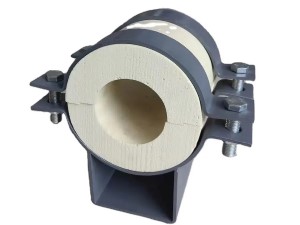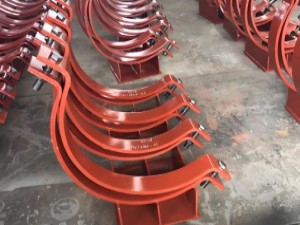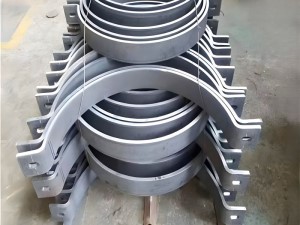Both 316 and 316L stainless steel provide an extra level of resistance to atmospheric corrosion, to many organic and inorganic chemicals and to food and beverages.
We can process this steel to fit your applications using our in house processing capabilities and service on your timeline.
The Difference Between 316 and 316L Stainless Steel
The difference between 316 and 316L stainless steel is that 316L has a .03 max carbon and is good for welding whereas 316 has a mid range level of carbon.
316 and 316L are austenitic alloys, meaning that these stainless steel products gain corrosion resistance from use of a nonmagnetic solid solution of ferric carbide or carbon in iron in the manufacturing process.
In addition to chromium and nickel, these alloys contain molybdenum, which also makes them more corrosion resistant. Even greater corrosion resistance is delivered by 317L, in which molybdenum content increases to 3 to 4% from the 2 to 3% found in 316 and 316L.
Properties and Uses of 316 and 316L Stainless Steel
These alloys are known for their excellent welding properties, joined by both fusion and resistance processes. The 316L low carbon version is preferred in corrosive environments. It is important to make sure that copper and zinc do not become contaminants at the site of welds, as this can create cracking.
It is common to fabricate 316 and 316L into many different shapes. They may be formed on equipment similar to carbon steel, and are readily blanked and pierced. Excellent malleability means they perform well in deep drawing, spinning, stretching and bending.





